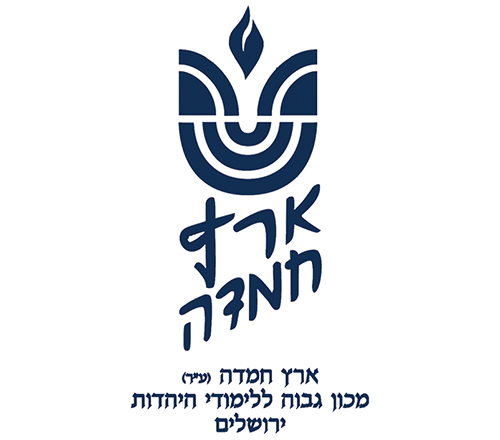
Question: I will be the chazan for Musaf at a small, quite new minyan. The one thing that is “foreign” to me, is that they blow 30 kolot (blasts) during the silent Amidah. They are willing to not blow shofar for my sake, since the existing group anyway has mixed feelings about the minhag (custom). Should/may I accept their offer? If not, how does it affect my own Amidah?
Answer: The Gemara (Rosh Hashanah 16a-b) speaks about blowing shofar when sitting (before Shemoneh Esrei) and also when standing (during Shemoneh Esrei). The idea of 100 kolot is apparently post-Talmudic (see Tosafot, Rosh Hashana 33a).
Although the Gemara is not explicit as to when to do the latter tekiot (sounds), another Gemara (Rosh Hashanah 34b) implies it. Rav Papa bar Shmuel told his assistant to blow the shofar when he hinted during davening to do so. Rava corrected him, saying: the shofar is to be blown only in chever ir (the group of the city). The Rambam (Shofar 3:10, see Maggid Mishneh, ad loc. 12) is apparently among those who understand and accept Rava as saying that this refers to chazarat hashatz (repetition of the Shemoneh Esrei). Two problems to discuss about blowing in the Amidah are the possibility of hefsek (interruption) and confusion for those who are not at the right place when the kolot are blown (see Shut Radbaz I:347). Some early sources (see citations and application in Yechaveh Da’at VI:37) maintain the Amidah of Musaf has only seven brachot (i.e., Malchuyot, Zichronot, and Shofarot are only in chazarat hashatz). Since these brachot are connected to shofar blowing (Rosh Hashanah 34b), these opinions apparently assumed no shofar blowing in the Amidah.
On the other hand, we do recite nine brachot during the Amidah. Also, even if in the original obligation for the standing tekiot was in chazarat hashatz, now, with 100 kolot, Amidah may be a logical time, which might be enough reason to calm concerns for hefsek in Shemoneh Esrei (see Eshel Avraham (Butchatch) to OC 592). In fact, the Aruch (a Rishon) quoted by Tosafot (Rosh Hashanah 33b), the Tur (Orach Chayim 592), and others, talks of 30 kolot during Amidah.
Still, the Shulchan Aruch relates to tekiot regarding chazarat hashatz (OC 592:1) and not Amidah (OC 591), the Rama does not comment, and the Magen Avraham (intro. to OC 592) says that it is better not to blow during Amidah. What apparently changed the practice was the fact that the Arizal recommended blowing 30 during the Amidah (leaving 10 at the end of davening). As often happens, many Sephardi (see Yechaveh Da’at ibid.) and Chassidic communities follow the kabbalistically preferred approach (especially regarding something with mystical overtones like tekiat shofar). Non-Chassidish Ashkenazim, by and large, especially those who daven Nusach Ashkenaz, follow the stronger halachic sources, and do 30+10 after chazarat hashatz.
This breakup by affiliation is not complete. A small minority of Nusach Ashkenaz shuls blow in Amidah. The Avnei Nezer (OC 445), the Rebbe of Suchochov, opposed tekiot in Amida, but in practice most Chassidic shuls blow in Amidah. The group with the most variance in practice is those who daven Nusach Sephard but are not Chassidic.
Poskim (decisor), (see Yechaveh Da’at ibid.) generally justify both approaches and recommend that shuls keep their minhag. In your case, you could claim that a relatively new minyan, with the participants unsettled on the matter, can change based on (a) new arrival(s). However, I would not want to be the catalyst for such a change, which could be divisive at a time we want to heighten unity (e.g., Rosh Hashanah). You need not be concerned, as just listening is not a hefsek (see Radbaz ibid.).
Now, for instructions. If you finish a bracha before its tekiot, wait at that point (Nitei Gavriel, Rosh Hashanah 64:7). If you are behind them when they blow, listen quietly, and they will count for you (ibid.). Although those with this minhag will say Hayom Harat Olam when they finish each bracha, you do not need not do this as practice, as in your regular practice, you would also say it in chazarat hashatz but not in Amidah (see Igrot Moshe, OC II:29).
This column is written by Rabbi Daniel Mann on behalf of the Eretz Hemdah Institute in Jerusalem, which trains dayanim and has many projects on behalf of klal Yisrael, including its “Ask the Rabbi” service in conjunction with the OU. Rabbi Mann is a dayan at Eretz Hemdah, a senior member of the “Ask the Rabbi” project, and author of its “Living the Halachic Process” series. He is also a Ram at Yeshiva University’s Gruss Kollel in Israel.









